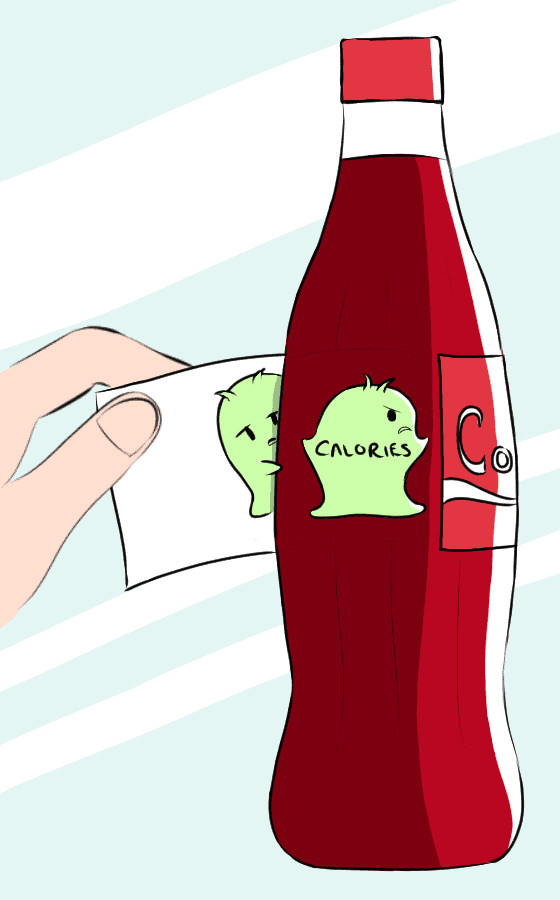Researchers at the University of Toronto are calling for better nutrition labelling after finding high levels of hidden sugar in the Canadian food supply. Dr. Mary L’Abbé, Chair of the Department of Nutritional Sciences in the Faculty of Medicine at U of T, led the study, conducted by PhD student Jodi Bernstein and colleagues.
They discovered that free sugar, also known as added sugar, contributed to 20 per cent of total calories in prepackaged foods and beverages and as high as 70 per cent of total calories in beverages.
The authors analyzed over 15,000 prepackaged foods and beverages and found that most of the free sugar came from desserts, sweets, bakery products, and beverages. They found free sugar in 64 per cent of the foods analyzed. Their results elucidate the overwhelming presence of free sugar in the Canadian food supply.
“Having detailed information on the amount and sources of free sugars in prepackaged foods is integral to [supporting] interventions to limit consumption of excess free sugar and can be used by researchers, policy-makers, healthcare practitioners, and consumers,” said first author Jodi Bernstein.
Under current Canadian nutrition labelling guidelines, the Nutrition Facts table must include total sugars, but it does not need to distinguish naturally-occurring sugar from free sugar. Naturally-occurring sugar is found in whole foods like fruits, vegetables, dairy, and some grains. Free sugar refers to table sugar and the sugar found in honey and fruit juices, as some examples.
Excessive consumption of free sugar, but not naturally-occurring sugar, is associated with obesity, cardiovascular disease, diabetes and dental carries, and current guidelines recommend that no more than 5–10 per cent of calories come from free sugar. However, there are many names for free sugar — the authors found 152 terms used to describe free sugar in foods — and they are often scattered throughout the ingredient list.
Moreover, current nutrition labels do not identify a per cent daily value for total sugar. This makes determining the free sugar content in foods problematic and confusing for consumers who are trying to limit free sugar intake.
“Without information on the free sugar content of foods, it’s hard for consumers to know how much free sugar is too much,” said Bernstein in a statement to U of T News.
Free sugar in particular has been under fire for its link to chronic diseases and has been demonized by scholars. Researchers go as far as to state that rising sugar consumption has had a profound negative effect on health. Nutritional researchers emphasize the positive correlation between sugar consumption and obesity and metabolic syndrome, particularly in children.
With that said, one can argue that consumers have the right to understand the amount and type of sugar in their foods, in order to make informed decisions about the products they consume.
The muddled presentation of sugar on the Nutrition Facts table is not unique to Canada. Food labelling policies differ globally. There is a need to develop simpler, more illustrative versions of the nutrition label with more details about sugar content.
One proposed modification to the nutrition labelling in Canada is listing ‘sugars’ in the ingredient list followed by all sugar-based ingredients in parentheses in descending order based on combined weight. This would allow consumers to distinguish sugar from the rest of the ingredients and may lead to more informed decisions.
Due to recent changes by the Food and Drug Administration, food labels in the United States will require that added sugar and its per cent daily value be explicitly stated on Nutrition Facts labels starting July 2018.
L’Abbé told U of T News, “While Canada and the United States generally have very similar food labelling requirements, it’s unfortunate that we haven’t taken a similar step in this instance.”
By distinguishing free sugar from naturally-occurring sugar in Canadian foods, trends in product formulations, reformulation efforts, and Canadian intake of free sugar can be measured and evaluated. The authors suggest incorporating free sugar information into food composition databases to measure free sugar intakes of participants in national nutrition surveys.
The results of this study can be used to inform reformulation of products in order to decrease sugar content and will hopefully lead to more cognizant sugar consumption.


